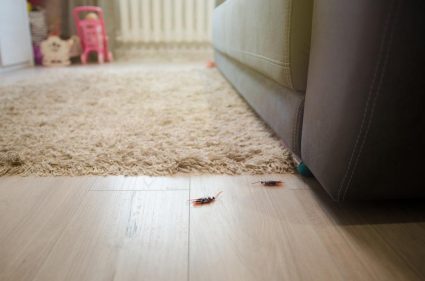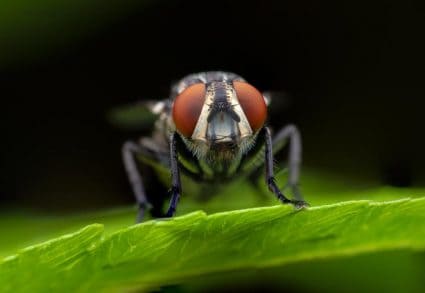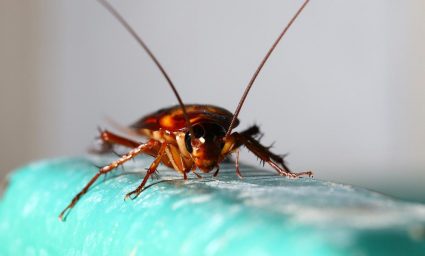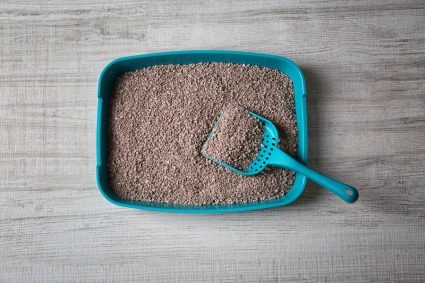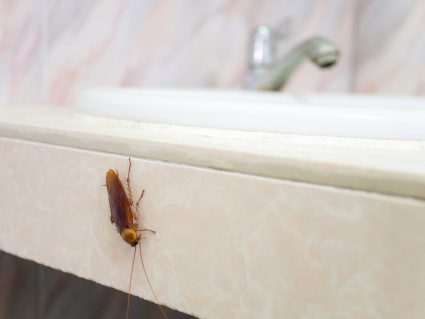
Termites, often referred to as the silent destroyers, play crucial roles in our ecosystem. They help break down and decompose dead wood and plant materials, which in turn benefits the surrounding fauna. However, these detritophagous eusocial insects can also be a homeowner’s worst nightmare, causing extensive damage to residential structures. One particular behavior that often baffles people is their propensity to swarm at night. But why do termites swarm at night? Let’s dive into the world of termites to understand this phenomenon better.
Termites often swarm at night due to favorable environmental conditions. High humidity levels and warm temperatures are conducive for their flight. Additionally, termites are attracted to sources of light, which are more prevalent at night. This behavior is part of their reproductive cycle, where they disperse to mate and establish new colonies.
The life of a Termite
Before we delve into their swarming behavior, it’s important to understand what termites are and their role in our ecosystem. Termites are a group of insects that consume a wide variety of decaying plant material, generally in the form of wood, leaf litter, and soil humus. They are essential decomposers of decaying plant matter in subtropical and tropical regions, and their recycling of wood and plant matter is of considerable ecological importance.
Termites contribute to the Earth’s carbon cycle by breaking down wood, helping to maintain soil quality by processing and excreting organic matter, and their underground movements churn the soil, improving water infiltration. This activity increases nutrient availability and soil moisture, which in turn boosts the productivity of surrounding vegetation.
What Does Termite Swarming Mean?
When termites swarm, it’s a sign that their original colony has reached a certain capacity level and is ready to expand. Swarming usually occurs once a year, although some species may swarm multiple times. Termites swarm to disperse and form new, geographically disparate colonies.
Swarming termites, also known as alates, are winged reproductive adults that fly away to mate and establish their own colonies. The presence of termite swarmers, especially within a home or property, is likely a symptom of a thriving termite colony nearby.
Why Termites Swarm at Night
Termites often swarm at night due to high humidity levels and their attraction to sources of light. The warm and humid temperatures at night are highly favorable for winged ants and flying termites, and swarming is more likely to happen after heavy rain during the summer months.
At night, swarmers find higher humidity levels and various sources of light that they are attracted to. In summary, termites specifically choose to swarm at night due to favorable humidity levels and their attraction to light sources.
Biological and Environmental Triggers of Termite Swarming
Termite swarming is triggered by a combination of biological and environmental factors. Biologically, termite colonies produce swarmers when the colony reaches a certain population level and maturity, usually in 3-5 years. These swarmers fly away to mate and form their own colonies.
Environmental factors that trigger termite swarming include temperature, season, rainfall, light, food supply, water availability, and pesticide application.
Impact of Nighttime Swarming on Termite Survival and Reproduction
Nighttime swarming behavior of termites impacts their survival and reproduction in several ways. Swarming is a strategy used by termites to disperse and form new, geographically disparate colonies. Termites swarm when their original colony reaches a certain capacity level and begins to expand.
However, the survival rate for termite swarmers is generally low, as most will die within a few hours from dehydration. Even when they swarm outdoors, their chances of survival are slim. Swarmers that emerge inside a building will die because they are not able to reach moist ground where they will have a chance to survive and start a new colony.
How to Protect Your Property from Termite Swarms
Homeowners can protect their property from termite swarms by taking several preventive measures such as diverting water away from the house, regularly inspecting the foundation, using termite-resistant building materials, maintaining proper ventilation, sealing cracks and openings, eliminating standing water sources, keeping wood and debris away from the house, scheduling regular termite inspections, and considering professional termite treatments.
In conclusion, while termites play a vital role in the ecosystem, their swarming behavior can pose significant risks to homeowners. Understanding why termites swarm at night and taking appropriate preventive measures can help protect your property from potential termite damage.
Frequently Asked Questions
What are the signs of termite infestation besides swarming?
Some common signs of termite infestation include: mud tubes on exterior walls, discarded wings from swarmers, wood that sounds hollow when tapped, visible termite droppings (also known as frass), and damaged or hollowed-out wood.
How long does a termite swarm last?
A termite swarm doesn’t last long, typically about 30-40 minutes. However, homeowners may not witness the actual swarming event as it can occur quickly and be over before they realize it.
Are all termites harmful to residential structures?
Not all termites are harmful to residential structures. There are approximately 2,000 known termite species globally, but only a fraction of these are considered pests that can cause damage to homes and other structures. The most destructive species include Subterranean termites, Drywood termites, and Formosan termites.
What is the difference between ants and termites?
Ants and termites can be distinguished by three main features: their antennae, waist, and wings. Ants have elbowed antennae, a narrow waist, and their wings (if present) are of unequal length. In contrast, termites have straight antennae, a broad waist, and their wings are of equal length.
How fast can termites damage a house?
The speed at which termites can damage a house depends on several factors including the size of the colony, the type of termite, and the type of wood in the house. However, a large termite colony can eat about a pound of wood per day, which can cause noticeable damage over time.

